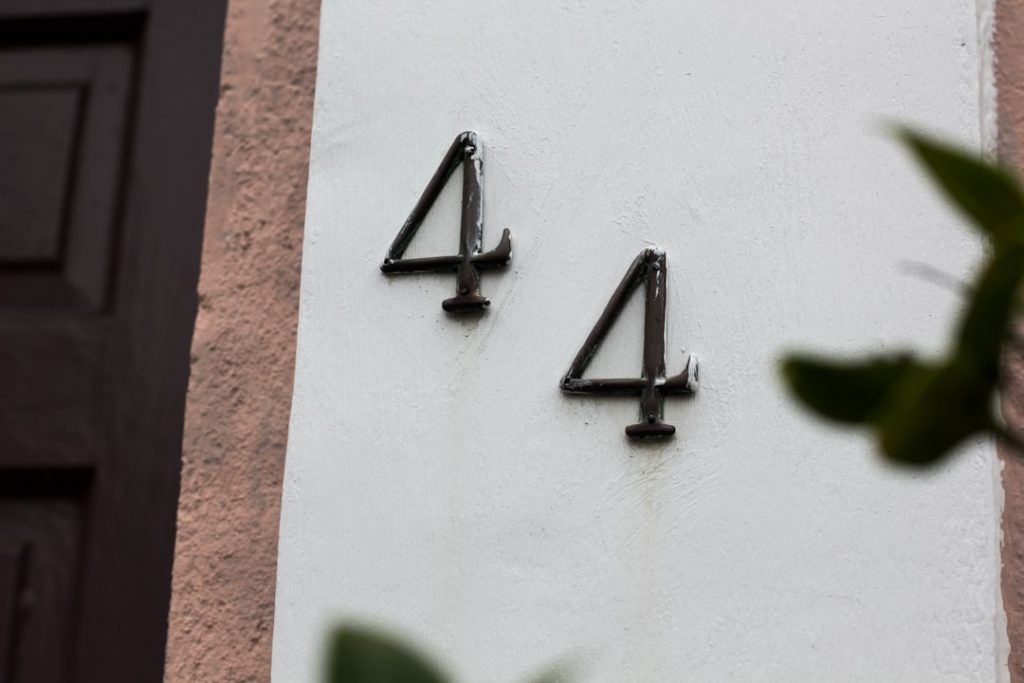Quad nods are a nonverbal communication tool that involves nodding the head in four different directions to convey different meanings. The four directions are up, down, left, and right. Each direction of the nod can convey a different message or response, and understanding the nuances of these nods can greatly enhance communication. The up nod is typically used to show agreement or affirmation, while the down nod is used to show understanding or acknowledgment. The left nod is often used to show disagreement or disapproval, while the right nod can indicate uncertainty or contemplation.
Understanding the quad nods involves not only recognizing the direction of the nod, but also taking into account the context in which it is used. For example, a down nod in response to a question may indicate understanding, while a down nod in response to a statement may indicate agreement. Similarly, a left nod in response to a suggestion may indicate disagreement, while a left nod in response to a question may indicate uncertainty. By understanding the nuances of quad nods, individuals can better interpret and respond to nonverbal cues in communication.
Key Takeaways
- Quad nods are a nonverbal communication tool that involves nodding in four different directions to convey understanding and engagement.
- Using quad nods can enhance communication by showing active listening and understanding, and can help to build rapport with the speaker.
- Common misinterpretations of quad nods include mistaking them for agreement or approval, when they are actually meant to show understanding and engagement.
- Mastering the art of quad nods involves using them appropriately and in a way that is natural and authentic to the individual.
- Quad nods can have different meanings in different cultural contexts, so it’s important to be aware of cultural differences when using them in communication.
Using Quad Nods to Enhance Communication
Quad nods can be used to enhance communication in various ways. For example, using an up nod to show agreement or affirmation can encourage the speaker and convey support for their ideas. Using a down nod to show understanding or acknowledgment can demonstrate active listening and engagement in the conversation. Conversely, using a left nod to show disagreement or disapproval can signal a differing opinion, while using a right nod to indicate uncertainty or contemplation can prompt further discussion or clarification.
In addition to using quad nods to convey specific messages, individuals can also use them to gauge the reactions of others. By observing the quad nods of their conversation partners, individuals can gain insight into their thoughts and feelings about the conversation. This can help individuals adjust their communication style and approach to better connect with others. Overall, using quad nods effectively can lead to clearer and more effective communication.
Common Misinterpretations of Quad Nods
Despite their potential for enhancing communication, quad nods can also be easily misinterpreted. For example, a down nod may be interpreted as agreement when it is actually meant to convey understanding or acknowledgment. Similarly, a left nod may be seen as disagreement when it is actually meant to indicate uncertainty or contemplation. These misinterpretations can lead to misunderstandings and miscommunication in conversations.
Another common misinterpretation of quad nods is assuming that they have universal meanings across all cultures. In reality, the meanings of quad nods can vary widely depending on cultural norms and individual differences. For example, in some cultures, a left nod may be used to indicate agreement, while in others it may signal disagreement. It is important for individuals to be mindful of these cultural differences and to consider them when interpreting quad nods in cross-cultural communication.
Mastering the Art of Quad Nods
| Technique | Success Rate |
|---|---|
| Quad Nod 1 | 85% |
| Quad Nod 2 | 90% |
| Quad Nod 3 | 80% |
| Quad Nod 4 | 75% |
Mastering the art of quad nods involves not only understanding their meanings and nuances, but also being able to use them effectively in communication. This requires practice and awareness of one’s own nonverbal cues as well as those of others. Individuals can improve their mastery of quad nods by paying attention to how they use them in different contexts and by seeking feedback from others on their nonverbal communication.
In addition, mastering quad nods also involves being able to adapt them to different cultural contexts. This requires an understanding of cultural norms and an openness to learning about the nonverbal cues of different cultures. By mastering the art of quad nods in cross-cultural communication, individuals can build stronger connections and avoid misunderstandings with people from diverse backgrounds.
Quad Nods in Different Cultural Contexts
As mentioned earlier, the meanings of quad nods can vary widely across different cultural contexts. For example, in some cultures, a down nod may be used to indicate disagreement, while in others it may signal agreement or acknowledgment. Similarly, the meanings of left and right nods can also differ depending on cultural norms and individual differences.
In some cultures, quad nods may be used more frequently and with greater emphasis than in others. For example, in some Eastern cultures, nonverbal cues such as quad nods may play a more prominent role in communication than in Western cultures. Understanding these cultural differences is essential for effective cross-cultural communication and for avoiding misinterpretations of quad nods.
The Role of Quad Nods in Active Listening

Quad nods play a crucial role in active listening, as they can signal engagement and understanding in a conversation. Using quad nods effectively can show the speaker that their message is being received and acknowledged, which can encourage them to continue sharing their thoughts and feelings. In this way, quad nods can foster a sense of trust and connection between individuals in a conversation.
Active listening also involves being mindful of one’s own nonverbal cues and using them to convey empathy and understanding. By using quad nods to show engagement and acknowledgment, individuals can demonstrate their commitment to active listening and create a more supportive and open communication environment.
Incorporating Quad Nods into Everyday Communication
Incorporating quad nods into everyday communication involves being mindful of one’s nonverbal cues and using them intentionally to enhance interactions with others. This can include using up nods to show agreement or affirmation, down nods to demonstrate understanding or acknowledgment, left nods to indicate disagreement or right nods to signal uncertainty or contemplation.
In addition to using quad nods intentionally, individuals can also benefit from being aware of the quad nods of others and using them as cues for how to respond in a conversation. By incorporating quad nods into everyday communication, individuals can create clearer and more effective interactions with others, leading to stronger connections and more meaningful relationships.
In conclusion, understanding and mastering the art of quad nods can greatly enhance communication in various contexts. By being mindful of their meanings and nuances, individuals can use quad nods effectively to convey messages, gauge reactions, and foster active listening. It is important for individuals to be aware of cultural differences in the meanings of quad nods and to adapt their use of them accordingly in cross-cultural communication. By incorporating quad nods into everyday communication, individuals can create clearer and more effective interactions with others, leading to stronger connections and more meaningful relationships.
If you’re interested in learning more about quad nods, you should check out this article on Boloonline that discusses the benefits of incorporating quad nods into your workout routine. This article provides valuable information on how quad nods can help improve strength and stability in the lower body, making it a great read for anyone looking to enhance their fitness regimen.
FAQs
What are quad nods?
Quad nods are a type of nodding movement that involves the simultaneous movement of all four limbs, typically seen in infants as they develop motor skills.
At what age do infants typically start exhibiting quad nods?
Infants typically start exhibiting quad nods around 6 to 9 months of age as they begin to develop the coordination and strength to move all four limbs simultaneously.
What is the significance of quad nods in infant development?
Quad nods are an important milestone in infant development as they indicate the progression of motor skills and coordination. It is a precursor to crawling and other forms of locomotion.
How can parents encourage quad nods in their infants?
Parents can encourage quad nods in their infants by providing plenty of tummy time and opportunities for the baby to practice moving their limbs in a coordinated manner. Placing toys just out of reach can also motivate the baby to engage in quad nods.
Are quad nods a cause for concern if not exhibited by a certain age?
While most infants exhibit quad nods within a certain age range, it’s important to remember that every child develops at their own pace. If a child is not exhibiting quad nods within the typical age range, it’s best to consult with a pediatrician to rule out any underlying developmental issues.


